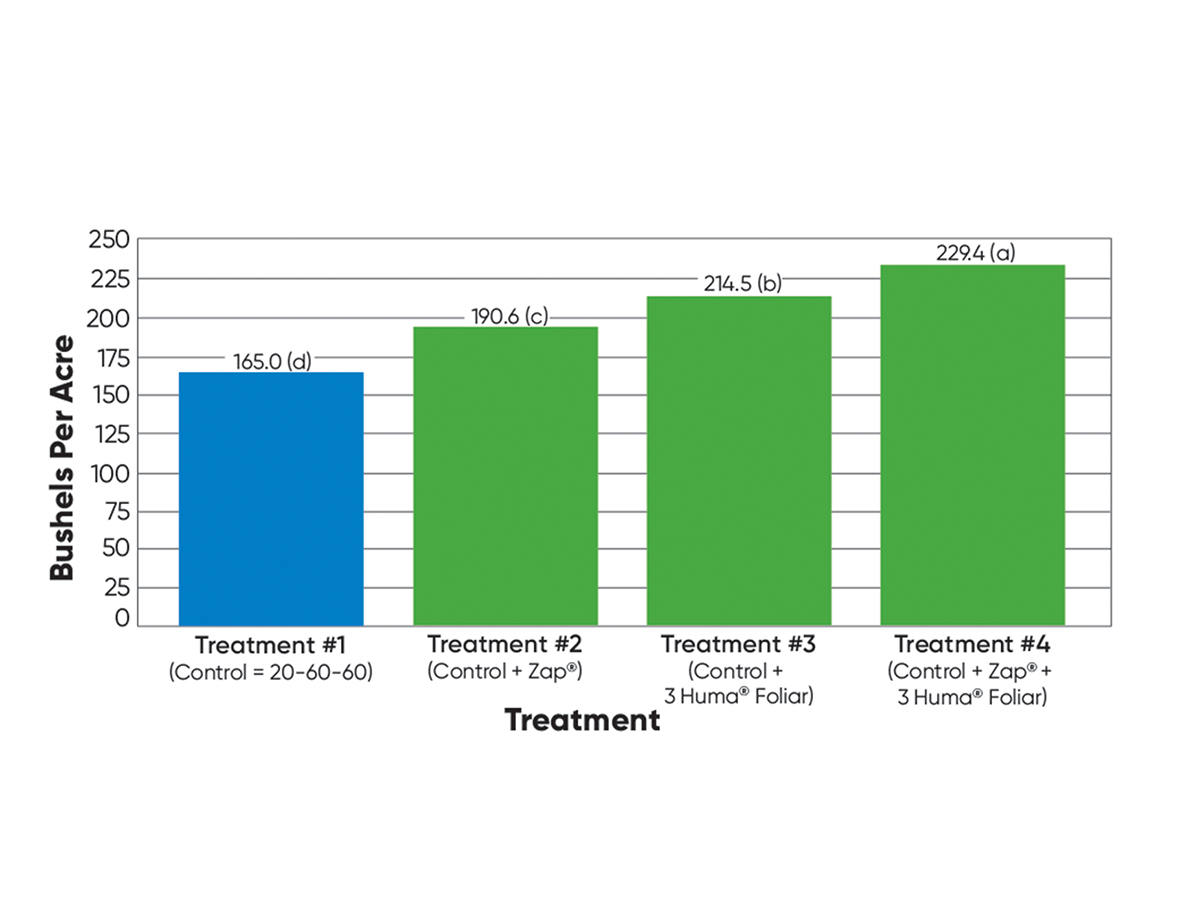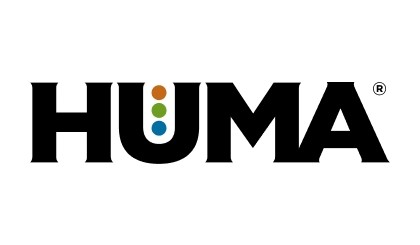Conducted by: Dr. K. Bruce Kirksey, AgriCenter International, Memphis, Tennessee
Huma Gro® Products: Jackpot®, Calcium, Super Potassium®, Zap®
OBJECTIVE
This field trial was conducted in order to compare sweet potato crop yields and return on investment (ROI) obtained when a Huma Gro® soil product (Zap®, for feeding soil biology and improving soil fertility) and 2 applications of 3 Huma Gro® foliar nutrients (Jackpot®, Calcium, and Super Potassium®) were applied in various combinations.
MATERIALS & METHODS
This trial on sweet potatoes (Ipomoea batatas, Var. Bueareguard) was conducted in Memphis, Tenn., in a randomized complete block study with 4 replications. The sweet potatoes were machine transplanted into conventional-till silt loam soil 12.6’ x 30’ plots. The sweet potatoes were planted on June 25.
Four treatment programs were compared: (Treatment 1) the grower’s standard preplant program of 20-60-60; (Treatment 2) the grower’s standard plus Huma Gro® Zap® applied in-furrow; (Treatment 3) the grower’s standard plus 3 Huma Gro® foliar-applied products—Jackpot®, Calcium, and Super Potassium®—applied at 30 days and again at 15 days prior to harvest; and (Treatment 4) the grower’s standard plus Huma Gro® Zap® plus 3 Huma Gro® foliar-applied products applied at 30 days and again at 15 days prior to harvest.
RESULTS

CONCLUSIONS
Micro Carbon Technology® in Huma Gro® soil and foliar products contributed to significant sweet potato yield and revenue increases in all three of the Huma Gro® treatments evaluated in this study. Though adding Huma Gro® products increased initial costs, the greater yields and net profits generated by the treatments resulted in a return on investment that paid for the cost and application of the Huma Gro® products many times over ($10–$12 dollars returned for every $1 spent).
Click here to download/view the report.
Related Posts

Earth Day: “It’s Getting Better All the Time”
Celebrating Earth Day every April 22 is a great time to pause and reflect: How are we, today, treating the environment and the plants, animals, and people who live in it? What have we accomplished in the past year that makes our planet a better, more sustainable place to live and raise our families? What are our goals for future improvement?

Promax® Efficacy in Controlling Strawberry Pathogens
Plant Sciences, Inc., conducted an independent study to test the efficacy of Promax® for inhibiting mycelial growth of 8 fungal strawberry pathogens through in vitro bio-assay. The following 8 fungi and fungal-like pathogens were tested: Botrytis cinera Colletotrichum acutatum Cylindrocarpon destructans Fusarium oxysporum f. sp. fragariae Macrophomina phaseolina Phytophthora ramorum Rhizoctonia solani Verticillium dahlia After...

The Right Stuff for Soils and Plants
By Mojtaba Zaifnejad, PhD When applied fertilizers benefit soil health and plant growth, and are readily available to them, it is said that they are bioavailable. The extent of bioavailability of nutrients and fertilizers applied to soil and plants determines their effectiveness in improving soil health and crop yield. In addition to the 4Rs approach,...

